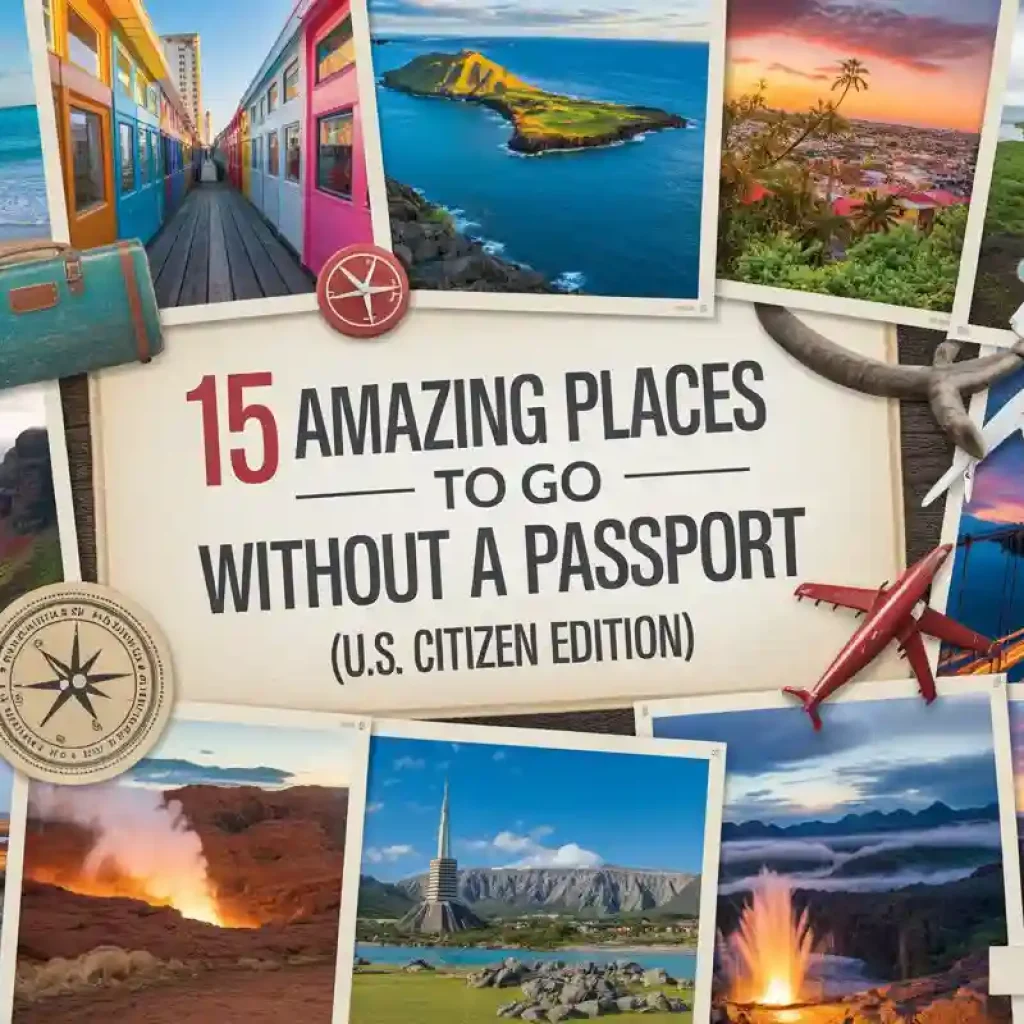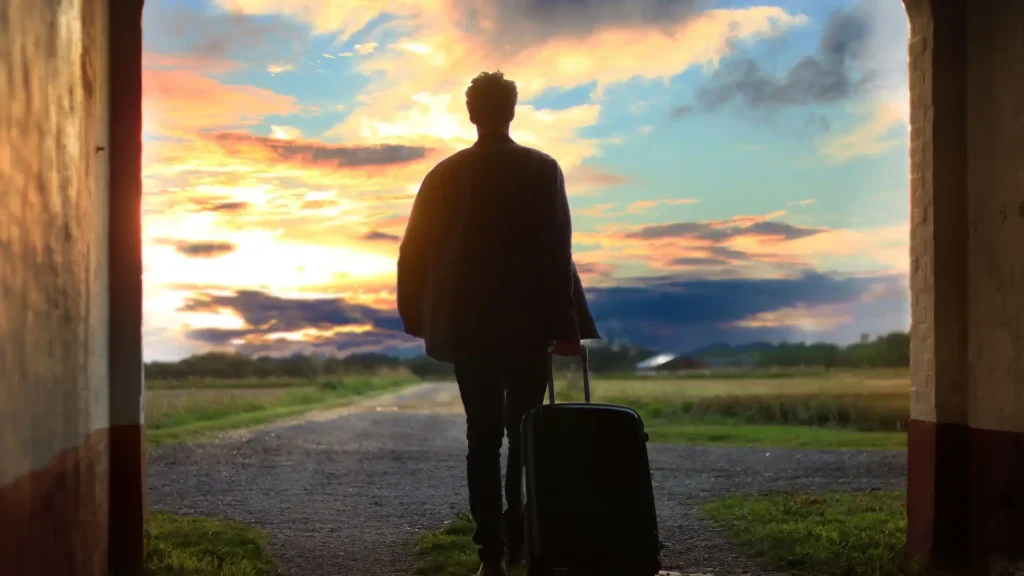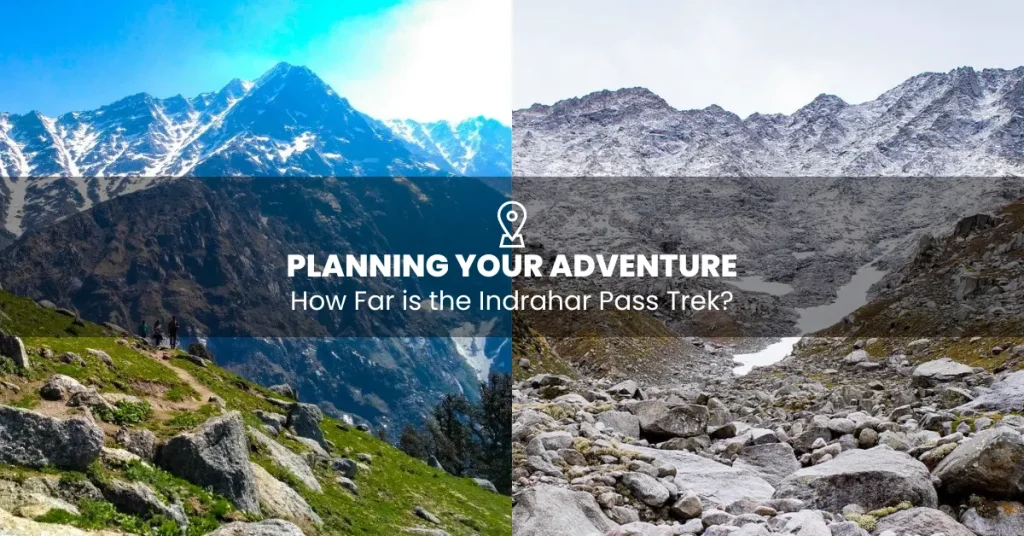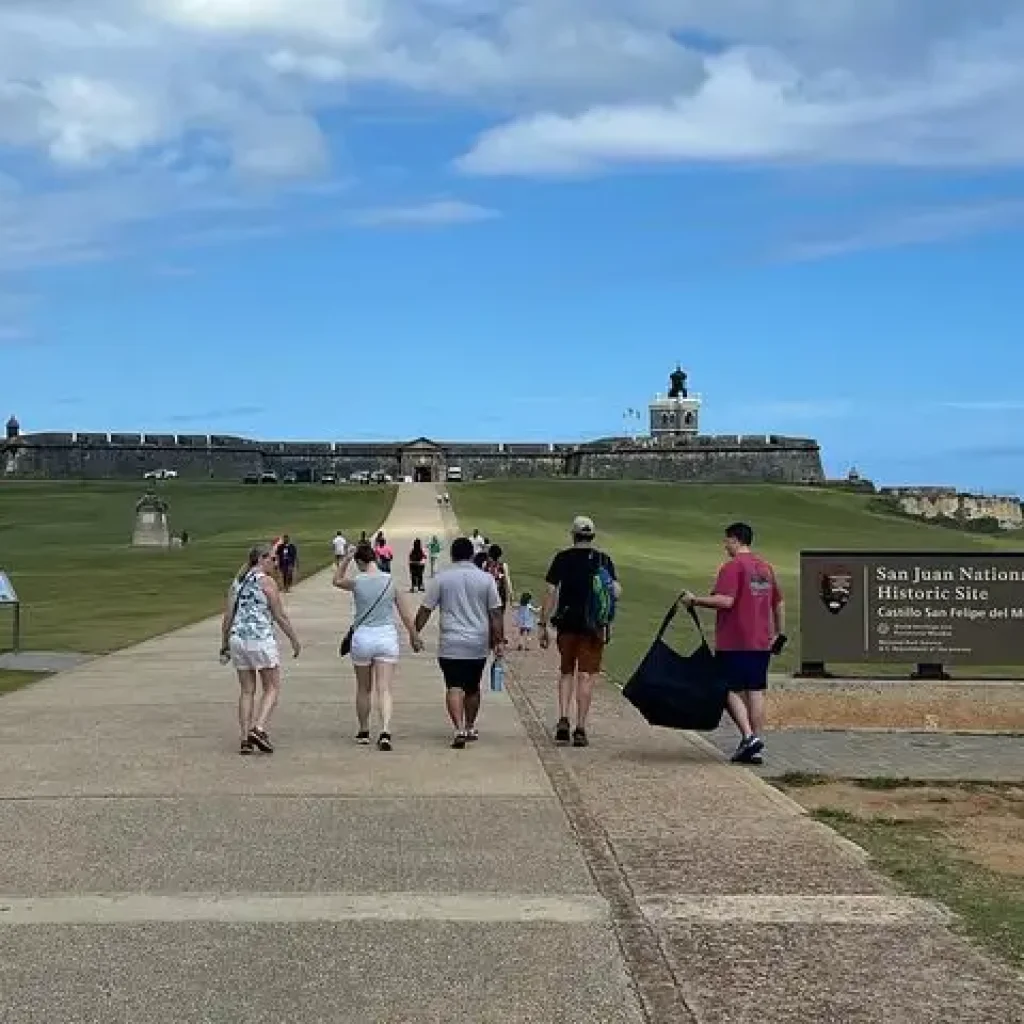12 Dreamy Italy Beach Towns That Feel Straight Out of a Movie
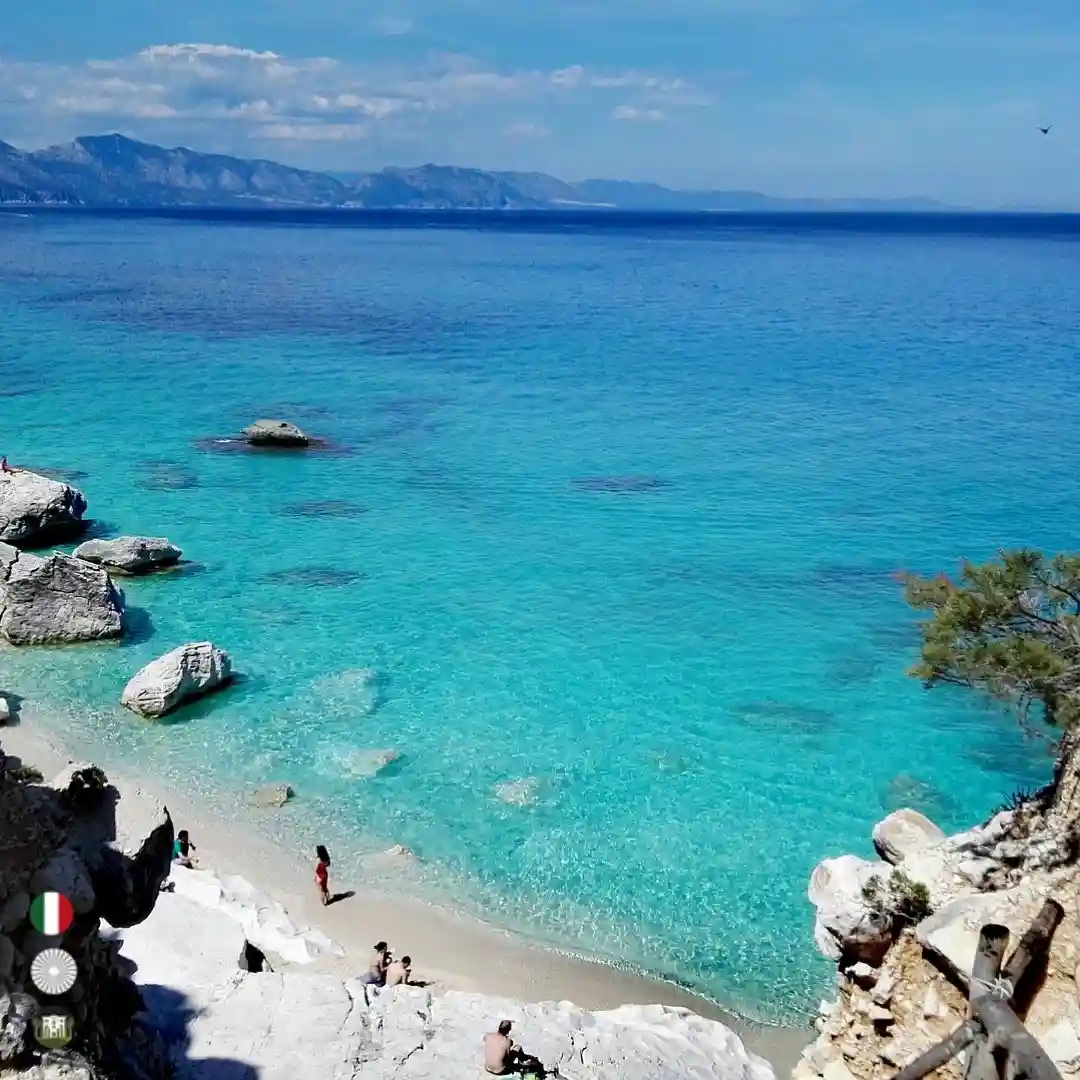
Italy beach towns have a way of pulling you into a scene that feels almost scripted… pastel houses clinging to cliffs, cobblestone streets sliding into turquoise water, fishing boats rocking lazily beneath golden sunsets.
They’re not just postcard pretty; they carry the kind of cinematic energy that has lured filmmakers and dreamers for decades. From the Tyrrhenian Sea on the west coast to the Adriatic on the east, these coastal towns blend culture, history, and natural beauty in ways that feel timeless.
Over the years, I’ve wandered both famous stretches like the Amalfi Coast and quieter corners of Puglia and Calabria, often with my notebook open and camera slung over my shoulder.
What I’ve learned is that Italy beach towns aren’t just tourist destinations—they’re living, breathing sets where daily life unfolds like a story.
Why Italy’s Beach Towns Feel Like a Movie Set

Italy has always been tied to storytelling. Think of classic Italian cinema—Fellini’s dreamy sequences, Visconti’s melancholic seaside frames, even modern films that return again and again to sunlit piazzas and cliffside terraces.
Coastal towns here naturally carry that atmosphere. Sun-soaked squares echo with church bells, trattorias spill tables onto cobbled lanes, and every corner seems to frame a scene you could freeze into a film still.
Some towns, like Positano or Vernazza, are global icons—names you’ve seen on Instagram feeds or in glossy magazines. But others, tucked into less-traveled corners like Calabria’s Costa Viola or the whitewashed lanes of Monopoli in Puglia, hold their own kind of cinematic pull.
In the south, you get dramatic backdrops where Mount Etna looms over beaches near Taormina. In the north, Ligurian jewels like Camogli glow with evening light that feels like a painted set.
Coastal living in Italy has always shaped culture here—fishermen timing their lives by the tides, families gathering for evening passeggiata along the waterfront, festivals spilling into harbors where boats are dressed in lights.
For a traveler, stepping into these towns feels like stepping into a film where the script is already written… you just play your part.
Italy Beach Towns: My Top 12 Picks After Traveling the Coastline
In this guide, I’ll share 12 of the most dreamy coastal towns in Italy, each one carrying that film-worthy charm that keeps travelers (and me) coming back again and again.
By the end, you’ll see why these cinematic escapes are more than just pretty places… they’re chapters in Italy’s never-ending story.
1. Positano, Amalfi Coast

Positano is the poster child of Italy beach towns—cliffside pastel houses tumbling down toward the Tyrrhenian Sea, narrow lanes draped in bougainvillea, and a shoreline that feels straight out of a painting.
Cinematic quality: The town has appeared in films like Under the Tuscan Sun and countless fashion shoots. Standing on Spiaggia Grande, with luxury yachts dotting the horizon and the sound of church bells drifting through the air, feels like being placed directly into a movie scene.
Highlights: Beyond the main beach, Fornillo offers a quieter escape. Boutique shops sell hand-painted ceramics and linen dresses, while staircases connect terraces to charming trattorias serving fresh seafood. Sunset boat trips along the Amalfi Coast reveal hidden grottoes and private coves.
Unique Experiences: Romantic dinners at cliffside restaurants, aperitivo on a terrace overlooking the sea, or joining locals for the Festa di San Vito in June, when fireworks light up the coastline.
Best Time to Visit: Late September to early October—warm seas, softer light for photography, and fewer crowds.
Personal Experience: On my second visit, I spent an entire morning walking the stone steps between Via Cristoforo Colombo and the beach, pausing at every curve to admire views. It struck me that Positano wasn’t just beautiful—it was layered, like a set built for both glamour and authenticity. Comfortable shoes saved me; the staircases are endless.
2. Amalfi Town, Amalfi Coast

Amalfi Town feels like the heart of the Amalfi Coast—historic, vibrant, and less polished than Positano, but all the more cinematic for it.
Cinematic quality: Piazza del Duomo, dominated by the striped façade of Amalfi Cathedral, could be mistaken for the opening shot of a historical drama. The energy is lively yet timeless, with families gathering in cafés while ferries glide in and out of the harbor.
Highlights: Explore the cathedral’s Arab-Norman architecture, stroll through lemon groves producing the famous Amalfi lemons, and wander seaside promenades that glow gold at sunset. Amalfi is also the gateway to the Valle delle Ferriere, a lush hike leading to waterfalls and medieval paper mills.
Unique Experiences: Sip a fresh lemon granita, join a cooking class to learn pasta al limone, or attend the Regatta of the Ancient Maritime Republics (held every four years, rotating cities).
Best Time to Visit: May or September, when the weather is perfect and ferry connections make day trips effortless.
Personal Experience: I remember sitting on the cathedral steps one summer evening, notebook in hand, listening to street musicians while kids chased pigeons in the square. It was one of those unscripted travel moments where I realized Amalfi wasn’t performing for tourists—it was simply living, and I was lucky enough to watch.
3. Ravello

High above the coastline, Ravello is less about sandy beaches and more about views that stop you in your tracks. It’s a place where Italy’s coastal drama meets refined elegance.
Cinematic quality: Terrace gardens like Villa Rufolo and Villa Cimbrone overlook the Tyrrhenian Sea, often bathed in golden light that feels ready for a film’s closing scene. No wonder Wagner drew inspiration here for his opera Parsifal.
Highlights: The town hosts the Ravello Festival each summer, where classical concerts are staged outdoors against panoramic backdrops. Its winding alleys reveal art galleries, Gothic architecture, and quiet piazzas away from the coastal bustle.
Unique Experiences: Walk the “Terrace of Infinity” at Villa Cimbrone, explore the historic Duomo di Ravello, or hike down to Minori and Amalfi via ancient mule paths.
Best Time to Visit: July and August if you’re coming for the music festival, or spring for blooming gardens and cool breezes.
Personal Experience: Staying with a host family just outside Ravello gave me mornings filled with strong espresso and stories about generations of lemon farmers. Watching a concert at Villa Rufolo one summer evening, with violins echoing into the valley, remains one of my most surreal travel experiences. It truly felt like the world had paused for a scene just for us.
4. Manarola, Cinque Terre

Manarola is perhaps the most photographed of the Cinque Terre villages, with its candy-colored houses stacked impossibly on cliffs above the Ligurian Sea.
Cinematic quality: At sunset, when the facades glow orange and pink, the whole town feels like it’s been painted for a cinematic love story. Walk down to the marina, where boats bob in a tiny harbor, and you’ll see why artists and filmmakers can’t resist it.
Highlights: Manarola is a hub for hiking—most famously the Via dell’Amore trail connecting it to Riomaggiore. Its rocky outcrops make for perfect swimming spots, while the town itself offers wine bars serving Sciacchetrà, a local dessert wine.
Unique Experiences: Enjoy a seafood dinner at Nessun Dorma with panoramic views, join locals during the Nativity of Manarola (a December event with thousands of lights on the hillside), or take a boat ride to nearby Corniglia for a quieter escape.
Best Time to Visit: Late spring or early autumn, when hiking trails are open but crowds are manageable.
Personal Experience: One evening, after a long hike through vineyards, I settled on a stone wall with a plate of anchovies and a glass of local white wine. Watching the sunset behind Manarola’s silhouette, I understood why travelers often call Cinque Terre the best northern Italy beach towns—it wasn’t just the scenery, but the rhythm of daily life that made it unforgettable.
5. Vernazza, Cinque Terre

Vernazza is the most photogenic of the Cinque Terre villages, with its colorful harbor that opens dramatically into the Ligurian Sea.
Cinematic quality: The piazza by the water feels like a stage set — pastel facades, bobbing boats, and the scent of espresso blending into sea air. At sunset, when golden light hits the Doria Castle tower, Vernazza feels like a coastal scene from an Italian romance film.
Highlights: Vernazza’s small beach is perfect for a dip, while narrow alleyways lead to local bakeries selling focaccia. The Church of Santa Margherita d’Antiochia sits right on the waterfront, its bell tower ringing across the bay. Hiking trails toward Monterosso and Corniglia offer some of the most iconic viewpoints of Cinque Terre.
Unique Experiences: Climb to the Doria Castle for panoramic photos, sample anchovies (a local specialty), or join in on Sagra del Pesce, a village food festival celebrating seafood traditions.
Best Time to Visit: May or late September, when the weather is mild and the hiking trails aren’t too crowded.
Personal Experience: I’ll never forget sitting on the stone steps by the harbor with a paper cone of fried calamari. As the square filled with locals chatting and children laughing, Vernazza felt less like a tourist stop and more like a living, breathing community — one of the most authentic Italy coastal towns I’ve visited.
6. Monterosso al Mare, Cinque Terre

Monterosso al Mare stands out among Cinque Terre’s villages for its long sandy beach — a rarity in this rocky region.
Cinematic quality: Rows of colorful beach umbrellas line the shoreline, creating a scene that looks like a classic Italian summer film from the 1960s. With turquoise water and lively promenades, Monterosso feels like the “holiday resort” version of Cinque Terre.
Highlights: The old town charms with narrow lanes, while the new town offers the largest beach in Cinque Terre. Monterosso is also known for its lemon trees, anchovy dishes, and the striking statue of Neptune carved into the cliffs.
Unique Experiences: Rent a beach chair for a day of sunbathing, taste Monterosso’s famous lemon granita, or hike the scenic trail to Vernazza. Families will appreciate the flat terrain and more accessible waterfront compared to other Cinque Terre villages.
Best Time to Visit: Summer for a lively beach atmosphere, or September if you prefer fewer crowds but warm seas.
Personal Experience: When I stayed in Monterosso, I spent hours on the sandy shore — rare for Cinque Terre — just people-watching and soaking up the laid-back vibe. It felt like the perfect place for families, proving that not all Italy beach towns are just for couples and honeymooners.
7. Portofino, Ligurian Coast

Portofino is the jewel of the Ligurian Coast, where luxury yachts anchor in a harbor framed by pastel houses and pine-covered hills.
Cinematic quality: Few places feel more like a movie than Portofino. Its piazza by the harbor has featured in Hollywood films and fashion campaigns, exuding timeless elegance mixed with Riviera glamour.
Highlights: The harbor is postcard-perfect, but climbing up to Castello Brown offers sweeping views of the yachts below. The Church of San Giorgio and the lighthouse walk add to the charm. Chic boutiques and fine dining line the waterfront, making Portofino synonymous with sophistication.
Unique Experiences: Dine at a Michelin-starred restaurant, take a boat to the nearby Abbey of San Fruttuoso, or swim at Paraggi Beach, a secluded cove with emerald waters.
Best Time to Visit: Late spring and early autumn — you’ll still find the luxury vibe but with fewer day-trippers.
Personal Experience: Walking down the narrow lanes of Portofino, gelato in hand, I felt like I’d stepped into a film where elegance is effortless. Yes, Portofino is expensive, but sometimes being part of that “movie set” — even just for a day — is worth every euro.
8. Camogli, Liguria

Camogli is a lesser-known gem on the Ligurian coast, a fishing village that feels authentic, colorful, and wonderfully cinematic in its own understated way.
Cinematic quality: The tall, narrow houses painted in warm hues, lined up along the pebble beach, look like a painted backdrop. When fishermen return with their boats at dusk, it feels like a timeless Italian coastal film scene.
Highlights: The beach promenade is lined with seafood restaurants, and the old town is full of winding streets leading to charming squares. The Basilica di Santa Maria Assunta rises right on the beach, its Baroque beauty reflected in the sea.
Unique Experiences: Camogli is famous for its Sagra del Pesce (Fish Festival) every May, when a giant frying pan is used to cook fish for thousands. Visitors can also hike the trail to San Fruttuoso Abbey or take a boat trip along the Golfo Paradiso.
Best Time to Visit: Spring or autumn, when the village is at its most peaceful yet full of local life.
Personal Experience: Unlike glamorous Portofino, Camogli felt refreshingly real. I remember sitting at a small café, surrounded by locals, eating freshly fried anchovies while watching kids play on the beach. It was one of those rare Italy beach towns where you feel less like a tourist and more like a welcomed guest.
9. Cefalù, Sicily

Cefalù is where golden beaches meet a medieval town crowned by a dramatic rock cliff, offering one of Sicily’s most timeless coastal settings.
Cinematic quality: The town was immortalized in Cinema Paradiso, making its sandy shoreline and Norman streets feel like walking through an Italian classic. With waves crashing beneath ancient arches, Cefalù is pure movie magic.
Highlights: Its crescent-shaped beach is among the most popular in Sicily, while the Norman Cathedral, a UNESCO site, stands proudly in the heart of the old town. The climb up La Rocca rewards travelers with panoramic views of rooftops blending into the sea.
Unique Experiences: Stroll medieval alleys, try Sicilian arancini or cannoli, and visit the old wash house (Lavatoio Medievale), a hidden gem tucked into the old stone quarter.
Best Time to Visit: June or September for warm waters without overwhelming crowds.
Personal Experience: When I walked through Cefalù’s winding streets at dusk, the cathedral bells echoed over the water, and locals gathered along the seawall. I felt as though I’d stepped into a scene that had been playing for centuries — a reminder of why Sicily’s Italy beach towns remain unforgettable.
10. Taormina, Sicily

Taormina is Sicily’s dramatic showstopper — perched on cliffs high above the Ionian Sea, it blends ancient history with stunning seaside beauty.
Cinematic quality: The Greek Theater, with Mount Etna looming in the background and the sea glimmering below, feels like a set crafted for an epic film. At night, when concerts fill the ancient stage, Taormina becomes a dreamlike movie in motion.
Highlights: The historic center is filled with elegant shops, cobblestone streets, and sweeping viewpoints like Piazza IX Aprile. Beaches such as Isola Bella add coastal bliss to Taormina’s cultural charm.
Unique Experiences: Attend a classical concert in the ancient theater, sip wine from Etna’s volcanic vineyards, or explore hidden coves by boat.
Best Time to Visit: Spring and September, when the weather is gorgeous but the streets are less crowded than peak summer.
Personal Experience: Sitting in the Greek Theater as the sun set over the Ionian coast, I felt Taormina blur the line between history and cinema. It was a moment where culture, coastline, and beauty merged into one — easily one of the best Italy beach towns for couples and culture lovers alike.
11. Tropea, Calabria

Known as the “Pearl of the Tyrrhenian Sea,” Tropea is Calabria’s crown jewel, with its clifftop town gazing over turquoise waters.
Cinematic quality: The view of the Santa Maria dell’Isola monastery perched on a rocky promontory is like a postcard frozen in time. The contrast of medieval streets above and crystalline beaches below creates a scene straight out of an Italian romance film.
Highlights: Tropea’s sandy beaches are among southern Italy’s best, and its old town brims with cobbled lanes, piazzas, and charming trattorias. The coastline is dotted with caves and hidden grottos perfect for exploration.
Unique Experiences: Taste Tropea’s famous sweet red onions, wander lively markets, or join local summer festivals celebrating Calabrian food and tradition.
Best Time to Visit: Late June or early September — warm enough to swim but without peak-season crowds.
Personal Experience: From the terrace overlooking Tropea’s beach, I watched the sun sink into the horizon as church bells rang from the old town. It was a simple but unforgettable moment — proving that budget-friendly Italy coastal towns can be just as magical as the glamorous ones.
12. Polignano a Mare, Puglia

Polignano a Mare is one of the most dramatic Italy beach towns, with whitewashed houses perched on limestone cliffs above the Adriatic Sea.
Cinematic quality: With its hidden coves, cliff-diving traditions, and winding alleys, Polignano feels like a Mediterranean film set. At night, lantern-lit streets reflect against white walls, creating a scene both romantic and cinematic.
Highlights: Lama Monachile beach is a breathtaking cove nestled between cliffs, while the old town offers whitewashed houses, balconies, and sea views at every turn.
Unique Experiences: Watch professional divers leap into the Adriatic during the Red Bull Cliff Diving event, savor gelato al caffè speciale (a local treat with coffee, cream, and amaretto), and take a boat trip into sea caves.
Best Time to Visit: May or early October for warm weather and a relaxed vibe without the summer bustle.
Personal Experience: I’ll never forget swimming in Lama Monachile’s turquoise waters, looking up at cliffs where locals dived fearlessly. Walking the narrow streets afterward, I realized Polignano a Mare captures everything that makes Italy coastal towns both adventurous and romantic.
How to Choose the Right Italy Beach Town for Your Trip?
Picking the right coastal town in Italy depends a lot on what kind of trip you’re dreaming about. The northern beaches — think Portofino or Monterosso al Mare in Cinque Terre — often feel more polished, with a touch of luxury and postcard-perfect views.
Down south, in places like Tropea or Cefalù, the pace slows down and the charm feels more rustic, with sun-drenched piazzas and a bit more affordability.
If you’re chasing that luxury, movie-set vibe, you’ll probably fall in love with Portofino’s yachts or Positano’s cliffside terraces. On the flip side, budget-conscious travelers might prefer Camogli’s pastel harbor or Tropea’s dramatic clifftop beach — both give you all the cinematic beauty without draining your wallet.
Culture seekers have their own treasures: Ravello, with its gardens and music festivals, or Taormina, where Greek ruins overlook a turquoise sea.
But if you’re a beach-first traveler, Cefalù’s golden sands or Monterosso’s loungers by the sea will feel like the perfect fit.
Different travelers will gravitate toward different towns. Solo adventurers may find Monterosso or Camogli easier to navigate, while couples looking for romance often head to Positano or Ravello (searches for the best Italy beach towns for honeymoon nearly always lead here).
Families, on the other hand, love places like Cefalù or Viareggio for their wide beaches and relaxed vibe.
Author’s Insight: Personally, I think there’s no wrong choice. When I first wandered the alleys of Camogli and later compared it to strolling in glamorous Positano, it struck me how each town carries its own personality. Choosing is less about “best” and more about “best for you.”
Practical Tips for Visiting Italy’s Beach Towns
Timing can make or break your Italian beach experience. The absolute best times to visit are late spring (May–June) and early autumn (September–October). The weather is still gorgeous, but the crowds aren’t nearly as overwhelming as in July and August.
Transportation is another big factor. Many of these towns are connected by Italy’s efficient train system — Cinque Terre, for example, is best explored by hopping between villages on the coastal train line. Ferries link several coastal towns as well, especially in Liguria, Campania, and Sicily, giving you a chance to take in those sweeping sea views. Buses can be tricky on the Amalfi Coast, so patience is key.
Local etiquette is worth knowing. Many Italians still honor “siesta” hours in the afternoon, so don’t be surprised if shops close up for a few hours. At the beaches, expect a mix of free public areas and paid “lido” beach clubs, where you rent a chair and umbrella. Both are worth experiencing, depending on your budget and mood.
Budget vs. luxury is another consideration. Some towns like Portofino or Positano can be pricey — meals, hotels, even coffee. But there are always more affordable options nearby. Camogli, Tropea, or Rimini offer great alternatives that won’t leave you broke while still giving you those Italian coastal vibes.
Author’s Insight: I learned quickly that slowing down is key. Instead of rushing between towns, give yourself time to actually sit in a piazza, enjoy a gelato, and let the rhythm of the place sink in. That’s where the magic happens.
My Final Thoughts
Italy’s coastline is dotted with towns that feel like they were plucked straight out of a movie reel. From the glamorous terraces of Positano to the humble fishing harbors of Camogli, every stop has its own cinematic scene waiting for you.
These 12 Italy beach towns aren’t just beautiful — they’re layered with history, food, festivals, and those small, unexpected moments that stay with you long after you leave.
What makes them so special is that no two experiences are ever the same. One traveler may remember the view from Ravello’s gardens, another might carry the taste of Tropea’s sweet red onions, while someone else will swear nothing beats a swim at Monterosso at sunset. And that’s the beauty of exploring beyond the obvious — every traveler writes their own script.
If you’re planning a trip, think of it as curating your own Italian film. Maybe yours will be a romance in Positano, a family comedy on the sands of Cefalù, or a reflective solo journey through Camogli’s harbor. Whatever your story, these towns are the perfect backdrop.
Start planning your Italian coastal journey today — every town is waiting for its starring role in your travel story.
People Also Ask (FAQs)
1. What is the best seaside town in Italy?
Positano is often considered the most iconic, though many say Tropea is just as stunning (and more affordable).
2. What are the 5 seaside towns in Italy?
Cinque Terre’s five villages: Monterosso, Vernazza, Corniglia, Manarola, and Riomaggiore.
3. What city in Italy is near the sea?
Naples, Genoa, Bari, and Palermo are all coastal cities with direct sea access.
4. What is the prettiest town in Italy?
Many argue Positano or Portofino, though Ravello’s cliffside gardens give them stiff competition.
5. What is the cheapest coastal town to live in Italy?
Tropea and Rimini are often seen as affordable compared to Amalfi Coast hotspots.
6. Is Portofino very expensive?
Yes, Portofino is known for luxury prices — from hotels to dining.
7. Which coast of Italy is better?
Both are beautiful: the Amalfi Coast is more dramatic and glamorous, while the Ligurian and Sicilian coasts often feel more relaxed.
8. What are the 5 villages in Italy?
That refers to Cinque Terre: Monterosso, Vernazza, Corniglia, Manarola, and Riomaggiore.
9. Is Rimini worth visiting?
Yes, Rimini offers long sandy beaches, nightlife, and Roman history.
10. Where is the safest and cheapest place to live in Italy?
Southern towns like Tropea are often more affordable, with a laid-back lifestyle.
11. Where to stay in Italy for beaches?
Amalfi Coast (Positano, Amalfi), Cinque Terre, and Sicily’s Cefalù are top choices.
12. Is buying property in Italy a good idea?
It can be, especially in smaller towns where prices are lower — though buyers should research legal and tax implications.
Recent Posts
 12 Dreamy Italy Beach Towns That Feel Straight Out of a Movie
12 Dreamy Italy Beach Towns That Feel Straight Out of a Movie 15 Most Instagrammable Lakes in Texas For Photography Lovers
15 Most Instagrammable Lakes in Texas For Photography Lovers My Qatar A350 Business Class Flight: Honest Review After 12 Hours
My Qatar A350 Business Class Flight: Honest Review After 12 Hours How Long Is a Flight to Japan from the U.S.? My Experience Explained
How Long Is a Flight to Japan from the U.S.? My Experience Explained How to Spend a Weekend in Edinburgh Scotland?
How to Spend a Weekend in Edinburgh Scotland?





